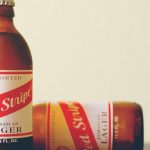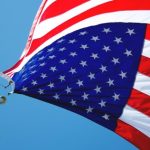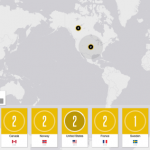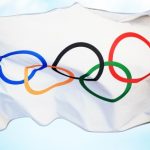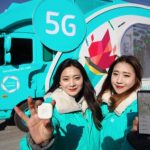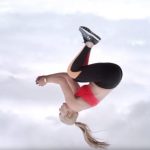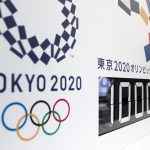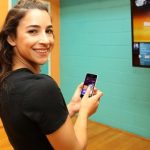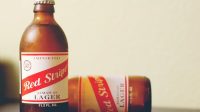Olympic TV Sponsors Fail To Gain Search, Social Ad Success
by Laurie Sullivan @lauriesullivan, August 15, 2016
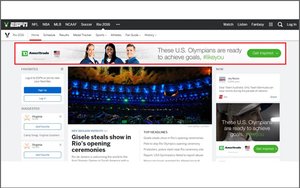
A flurry of data released Monday gives marketers insight into where Olympic TV sponsors and others fall short when making the connection with consumers through search and social media.
While Merkle released data showing how brands advertising on television during the Olympics are missing an opportunity to connect with digital consumers through display and search ads, Origami provided data on how brands are missing the mark on social.
Merkle reports that Olympic sponsors did not use digital advertising effectively to augment TV commercials during the broadcast through paid and organic search as well as display advertising, but calls out Procter & Gamble and Bridgestone as two major exceptions.
“Procter & Gamble owned prominent placements on YouTube for the entire evening of the Opening Ceremony to showcase its subsidiary brands, and Bridgestone promoted its ‘See How the Best Are Built’ campaign on major sports and news sites with rich media ads featuring U.S. athletes,” Merkle wrote in a report.
Ralph Lauren, designer of Team USA’s opening ceremony apparel, gained impressions through Olympic-related search terms on YouTube throughout the night. TDAmeritrade and Budweiser also benefited with placements on sports-related Web sites.
While Merkle expected to see campaigns with dedicated landing pages that would promote sponsored commercials, only one reused an evergreen landing page from previous games. Some brands ranked only for press releases, and the majority did not advertise campaign Web site URLs in their ads.
Panasonic, Samsung, and Visa used targeted landing pages that provided additional content to keep visitors on the site, with each becoming top organic search performers for the Opening Ceremony. Bridgestone, however, had a false start by advertising a Web site URL that could not rank organically due to a meta robots “noindex” tag.
On the social front, Origami generated stats Monday showing Dick’s Sporting Goods trailing at No. 10 with 25,733 engagements compared with others like Nike across Facebook and YouTube and other social sites between Aug. 4 and 10, 2016.
Counting backward, Hersey came in at No. 9 with 27,064; P&G at No. 8; Ralph Lauren at No. 7; and United at No. 6.
Nike took the lead when it came to engaging with consumers. The sports brand racked up 138,338 engagements across social sites. Adidas followed with 86,042; Omega, 77,627; Coca-Cola, 75,385; and Chobani, 68,750.
Despite lagging in social, the engagement that brands like Omega and Chobani have been able to generate with much smaller social followings is impressive,” said Steven Wastie, CMO of Origami Logic.
For example, Omega has just over 1 million followers on Facebook and about 688,000 followers on Instagram; and Chobani has about 1.3 million followers on Facebook and only 130,000 followers on Instagram. When compared with social giants like Nike, Adidas and Coca-Cola, it is easy to see why their results stand out as crowd favorites, Wastie said.
Nike also took the lead with likes and favorites, racking up 101,083, followed by Adidas with 85,583; Omega at 74,967; Chobani with 64, 549; and Coca-Cola at 57,574.
By far, Nike generated the most comments with 2,581 during the six to seven days analyzed; while Ralph Lauren trailed at No. 10 with 368.
Coca-Cola came in at No. 2, earning about 1,115 comments, followed by United with 1,109; Hershey at 1,076 and McDonald’s with 775.
Shares and retweets went to Nike at 34,574, followed by Coca-Cola with 16,694; United at 9,508; Milk Life with 4,450; and Hersey at 4,107.
Origami also measured the number of messages posted across the platforms. Atos came in as No. 1, followed by Deloitte, Omega, BP, United, P&G, 24-Hour Fitness, Visa, Bridgestone, and McDonald’s.
MediaPost.com: Search Marketing Daily
(13)


